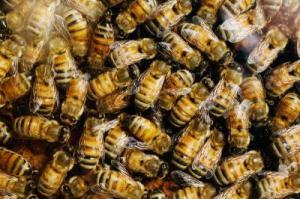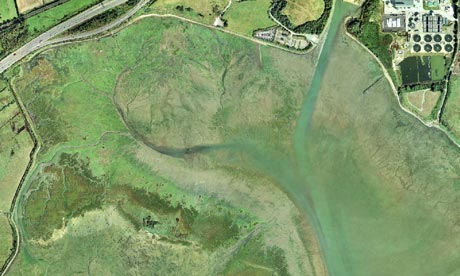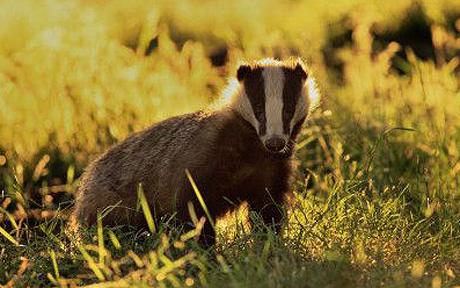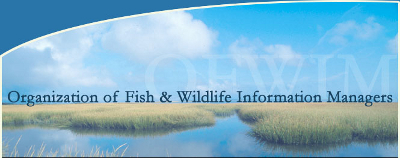TOP STORIES
New Study Finds Wild Pikas Are Natural Mammalian Hosts To H5N1 Avian Influenza Virus
Science Daily - www.sciencedaily.com
25 Aug 2009
For the first time a new study suggests that when exposed in their natural ecosystem, wild pikas (a species closely related to rabbits) are mammalian hosts of H5N1 subtype avian influenza viruses and may also be a source of transmission to domestic mammals and humans.
. . . In the study researchers traced the circulation of the H5N1 virus in wild pikas and confirmed a natural H5N1 virus infection in their native environment. Genetic testing of the H5N1 virus isolated in pikas revealed two distinct evolutionary groups, a mixed/Vietnam H5N1 virus sublineage (MV-like pika virus) and a wild bird Qinghai-like H5N1 sublineage (QH-like pika virus).
Ocean only county to report West Nile-infected bird
Press of Atlantic City - www.pressofatlanticcity.com
25 Aug 2009
D Good
Location: Brick - Map It
 and Manchester - Map It
and Manchester - Map It , New Jersey, USA -
, New Jersey, USA -The West Nile virus has been found in three birds in Ocean County this summer, two coming last week, according to a report the state's Department of Health will release later this week.
It's the only county in the state where an infected bird has been reported.
The birds, blue jays, came from Brick and Manchester townships, said Leslie Terjesen, a spokeswoman for the Ocean County Health Department. Terjesen said 13 of the 62 statewide birds submitted for testing originated in Ocean County.
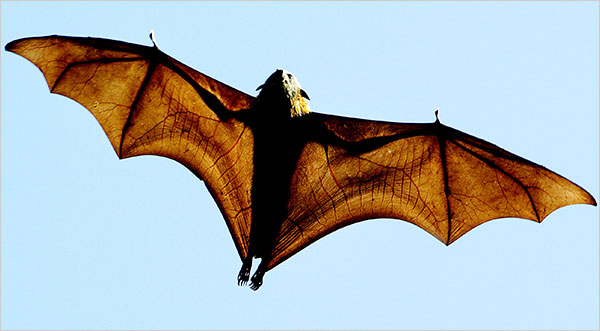 Viruses: Veterinarian in Australia Is Sickened After Being Exposed to a Rare Virus
Viruses: Veterinarian in Australia Is Sickened After Being Exposed to a Rare VirusNew York Times - www.nytimes.com
24 Aug 2009
DG McNeil Jr
Location: Queensland, Australia - Map It

A veterinarian in Australia has been hospitalized in critical condition after exposure to the rare Hendra virus, according to local reports, which said he fell ill after treating two dying horses on a Queensland stud farm.
The virus was found in 1994 and has never been seen outside Australia since its discovery in Hendra, a Brisbane suburb. There have been only a dozen outbreaks, but the virus has proved lethal to horses and to humans caring for them. About 70 percent of the horses infected have died, and so have three of the six people known to have caught it from them — a veterinarian, a farmer and a prominent horse trainer, according to the Australian Broadcasting Corporation.
Lawmakers warn of epidemic animal disease threats in China
China View - news.xinhuanet.com
25 Aug 2009
Chinese lawmakers warned Tuesday of a "grave hidden peril" of epidemic animal disease because of inadequate monitoring facilities and a complex international environment.
Even though the government has set up a compulsory vaccination system, requiring immunization of animals against diseases harmful to people's health and the husbandry industry, the possibility of outbreaks of disease still existed, the lawmakers said in a report presented at the 10th session of the Standing Committee of the 11th National People's Congress (NPC).
OTHER WILDLIFE HEALTH RELATED NEWS
- Caring for critters [3 min 16 sec video]
- Disappearing Bees Have Devastated Ribosomes [60 sec podcast]
- Cause of death sought for humpback whale in Tiverton [ Rhodes Island, USA - Map It
 ]
] - Global warming threatens tropical species, the ecosystem and its by-products

Ain't All Bad News
Photo coutesy of New York Times
- Ranchers build escape ramps for bats and other wildlife
- Animal wall des-res for wildlife [designed 'animal wall' containing integrated bird and bat nesting boxes]
- Welcoming birds back to a remote Alaskan island
- Buzz of excitement over bumblebee
- Bear deaths down on Kenai, Russian rivers
- Eyeless Creature Discovered in Undersea Tunnel
WILDLIFE HEALTH RELATED PUBLICATIONS
Browse complete Digest publication library here.
Predation on Multiple Trophic Levels Shapes the Evolution of Pathogen Virulence
PLoS ONE. 2009; 4(8): e6761
V-P Friman et al.
Highly Pathogenic Avian Influenza Virus Infection of Mallards with Homo- and Heterosubtypic Immunity Induced by Low Pathogenic Avian Influenza Viruses
PLoS ONE. 2009; 4(8): e6706.
SR Fereidouni et al.
The influence of depth on mercury levels in pelagic fishes and their prey
PNAS. 2009 August 18; 106(33): 13865-13869
CA Choy et al.
Selected parasitosis in cultured and wild fish
Veterinary Parasitology. 2009 Aug 7; 163 (3): 207-216
FC Guo and PTK Woo
